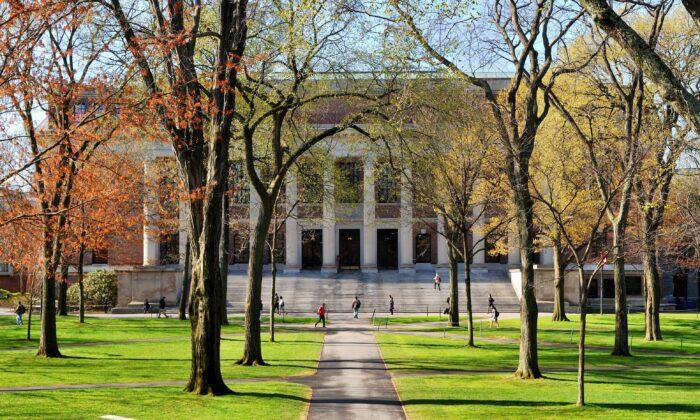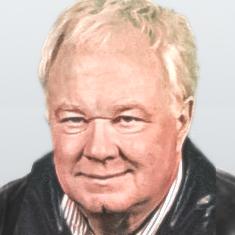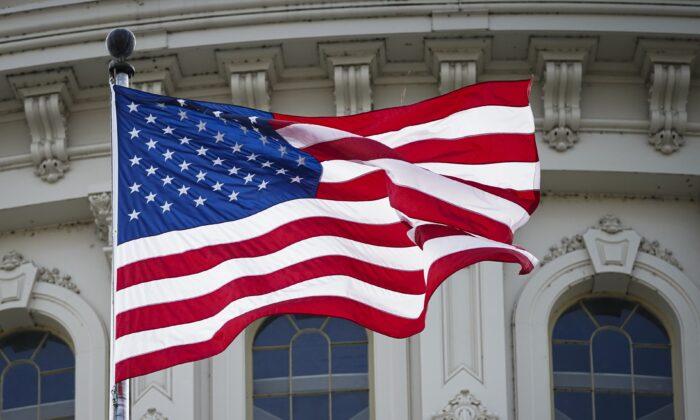Over the 19th century, Enlightenment rationalism gradually diminished the influence of the Christian worldview.
Separation of church and state led naturally to the development of public schools and the disconnection of education from traditional religious influence. This was especially the case in some of the most prestigious districts on the continent.
Classical Liberal Education
In the wake of declining Christian influence, classical scholars argued that students should still have access to the Western canon. This would include the study of languages and literature, science and mathematics, history, the arts, and foreign languages.This mostly secular vision became commonly known as “liberal education.” It was intended to bypass denominational conflicts and keep the focus on traditional Western literary and scientific achievement.
Classical liberal teachers sought to pass on knowledge and skills, cultivate the imagination, and develop the capacity for independent thought. Their mission was to prepare young people for mature participation in the civic, cultural, and business affairs of Western democratic societies.
Among the faithful, it was generally thought that moral and religious instruction would continue outside of public education systems—in churches, Sunday schools, and family homes.
Everyone recognized that college-bound students required academic preparation, but classical liberal educators believed that all children should still have instruction in the organizing principles of their society and the varieties of human experience.
Over the final century of Christian cultural hegemony, classical scholars sought to retain schools that would develop the capacity to reason and enrich the lives of young citizens.
The Progressive ‘Heist’
In “Battle for the American Mind,” Pete Hegseth and David Goodwin contend that early in the 20th century, Western progressives launched “a clandestine war against Western civilization.”The authors point to a literal “heist” of public school systems. They write, “While we were busy staving off Marxist economics and ‘making the world safe for democracy,’ underneath our noses the Progressives slowly and quietly removed our key ingredient—the Western Christian Paideia—and replaced it with a Paideia of their own.”
Marxist intellectuals wrote about the heroic advances of progressive education and how the movement was overcoming outdated teaching practices. Progressives co-opted the very idea of democracy and contended that teachers should help bridge the gap between the school and society. The word “democratic” became a Marxist synonym for “revolutionary.”
As early as the mid-19th century, the classic British grammar school model, adopted in early colonial North America, gave way to the educational ideas of European social reformers such as Rousseau, Pestalozzi, Herbart, and Froebel. This changed our perception of the school’s purpose, gradually substituting the concentration on literacy and the acquisition of knowledge with “active” teaching methods and the interests of the child.
Pedagogical experts posed as champions of working-class children. They proposed a “differentiated curriculum” that would offer a less rigorous and more “pragmatic” education to children of poorer parents, immigrants, and racial minorities whom they considered less capable of academic achievement.
Progressive policies were attractively packaged in democratic rhetoric. Educators claimed to be liberating young minds from boring traditional instruction and rote learning. “Teach the child, not the subject” became the mantra for “student-centered schools.”
But it soon became clear that the progressive mission was less about “teaching” and more about “leading” students toward a hypercritical view of Western civilization. On Jan. 15, 1987, former Democratic Party presidential hopeful Jesse Jackson and some 500 protesters marched down Palm Drive, Stanford University’s grand main entrance, chanting, “Hey hey, ho ho, Western civ has got to go.”

Classical Scholars Pushed Back
By the mid-20th century, several classical liberal scholars pushed back. Progressives came under a counterattack from a number of academic quarters. Some argued that the progressive vision was not only profoundly “undemocratic,” but also harmful to students and the society in which they lived.In 1953, Canadian historian Hilda Neatby published “So Little for the Mind,” a scathing account of progressive reforms undertaken in Canadian public school systems. The respected University of Saskatchewan scholar argues that progressive teaching methods were anti-intellectual, anti-cultural, and amoral. Neatby asserts that “there is no attempt to exercise, train, and discipline the mind.”
In 1961, Columbia University history professor Lawrence A. Cremin wrote a similar critique titled “The Transformation of the School: Progressivism in American Education, 1876–1957.” Cremin also describes an anti-intellectual emphasis on non-academic subjects and the questionable teaching methods that had become hallmarks of the progressive movement.
Such books by serious thinkers raised important concerns about the purpose and quality of progressive schooling. Some parents and citizens began to resist and look for private alternatives.
From where I write in Nova Scotia, the 1958 founders of the independent Halifax Grammar School are said to have been inspired by Neatby’s case against public progressive education.
Nevertheless, through the persistence of a solidly entrenched educational bureaucracy, most schools on the North American continent eventually returned to progressive policies and practices.
Progressives Prevailed
Throughout the 20th century in the United States and Canada, state, provincial, and local governments almost entirely took over responsibility for the delivery of education.Eventually, all forms of elementary and high school education—Catholic, Protestant, Jewish, public, and private—came under the influence of the progressive model.
Hegseth and Goodwin assert that, as early as the 1920s and 1930s, government accreditation requirements were introduced to validate school diplomas and control transition to postsecondary studies.
Teachers were certified through education colleges that were designed by progressives.
“Graduation requirements and diplomas were authorized by states, under progressive education departments. Textbook authors, descended from this professional class of teachers, were trained in the progressive education colleges,” Hegseth and Goodwin write.
Progressive schools were fully equipped to separate impressionable young people from the foundational principles of Judeo-Christian, democratic-capitalist, Western culture. Compulsory public education and progressive policy experts gradually replaced the cultural influence of churches, parents, local communities, and classical scholars.
The North American business community paid little attention to what was going on in education. They were focused on free market transactions and wealth production, not cultural transformation.
With a 20th-century public lulled into complacency by advancing technology, economic prosperity, and Utopian visions, neither religious educators nor classical liberal scholars had the capacity to resist what came next.
To this day, progressive faculties of education produce thousands of graduates eager to replace any remaining traditional teachers and advance a new era of social justice education, activist training, and 21st-century “woke” culture. Agents of secular-progressive governments have become the permanent schoolmasters of North American children.
One of the leading school reformers of the last century was the iconic Columbia University philosopher John Dewey. His ideas influenced educational theory for more than 100 years. We will examine Dewey’s worldview more closely in Part 4 of this cultural history of education.





